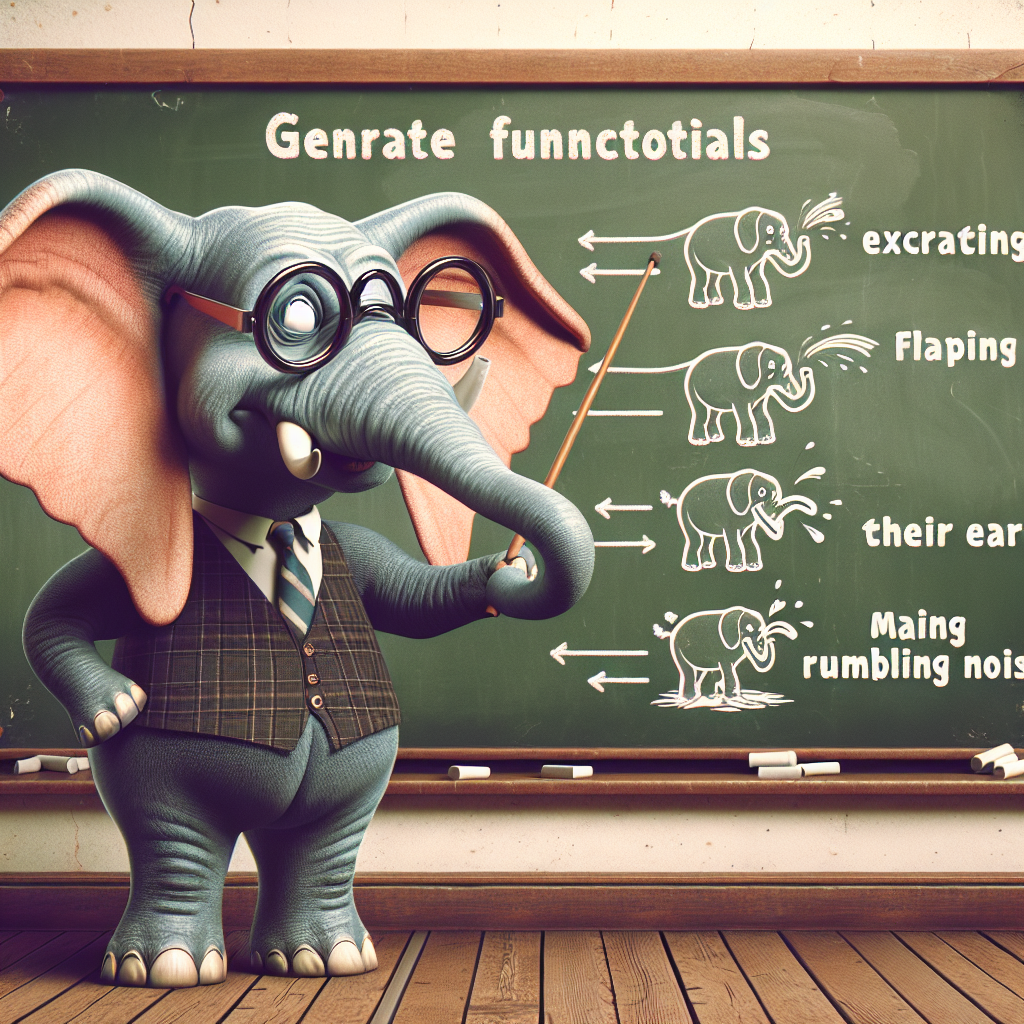Summary made by ChatGPT-4
The paper begins by discussing the concept that animals, once considered purely biological beings, are increasingly adapting to human cultural life. This adaptation is particularly evident in areas where animals and humans are in close contact. The study specifically looks at long-tailed macaques in Bali, a species known for their interactions with humans, including behaviors like stealing from tourists, which has been previously documented in various reports.
The research is set in two distinct environments: a natural forest area and a tourist-centric artificial location. The study uses direct observation and unstructured interviews to gather data, focusing on how these macaques react to threats and their strategies for obtaining food in these differing contexts. The results show significant differences in the macaques’ behaviors between the natural and artificial settings. In the artificial setting, the macaques showed little reaction to threats compared to those in the natural setting. Additionally, the pursuit of food in the natural setting did not result in interspecies conflict, unlike in the artificial environment.
The study’s approach, rooted in zoosemiotics, interprets these findings through the lens of animal semiotics, examining the macaques’ survival instincts and their adaptations to the human cultural landscape. This research aims to shed light on the complex relationship between humans and animals, specifically how human presence and cultural practices impact animal behaviors and survival strategies.
TL;DR:
The paper analyzes how human cultural influences affect the survival behaviors of long-tailed macaques in Bali. Using zoosemiotics, it compares macaque behaviors in natural and artificial environments, highlighting differences in their reactions to threats and food-seeking strategies, revealing a complex interplay between human and animal worlds.
AI Afterthoughts:
This study opens up fascinating possibilities for understanding how animals adapt to human-dominated environments. It suggests a world where animals are not just passive inhabitants but active participants in shaping their own survival strategies in response to human influence. This could lead to new approaches in wildlife conservation, urban planning, and even ethology, offering insights into how other species might be evolving in the face of rapid human expansion and environmental change. The future of this work could entail deeper explorations into the cognitive and social adaptations of wildlife in urban landscapes, potentially redefining our understanding of human-animal coexistence.

